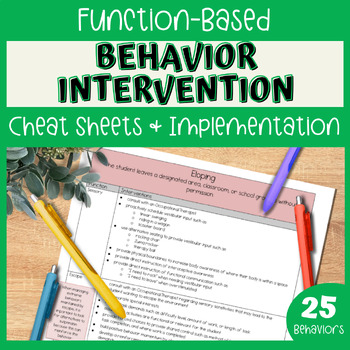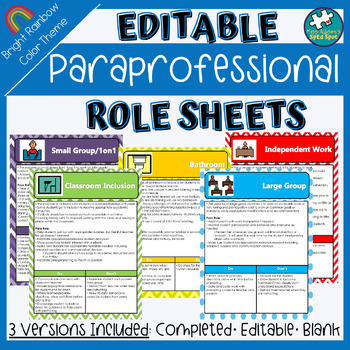Did you know that research has shown that up to 88% of students with an identified disability have difficulty processing sensory input? Therefore, addressing sensory needs in the special education classroom is essential to ensuring students are ready to learn. In my classroom, I used a variety of whole group and individual sensory supports. Every day I had proactive supports embedded within our schedule. Then, during difficult moments when students were dysregulated, I could rely on these well-established strategies to provide additional support.
Deep Breathing
I love deep breathing to help myself calm when I am stressed. Often it was hard for my students to master this strategy because they would breathe too quickly or intensely (picture hyperventilating in a paper bag 😬).
I created an interactive visual support that incorporated special interests. Students use a pointer icon to track while they breathe in for a count of 3 and out for a count of 6. I have students exhale twice as long as they inhale to ensure they fully empty their lungs of carbon dioxide to provide more room for oxygen.
This support can be projected and used with the whole group.
Or it can be made into individual breathing boards for students who need more frequent deep breathing breaks.
Proactively, deep breathing is a great strategy after sensory-rich times of day like arrival, specials, or recess. It can also be great before stressful times of day such as before a test or quiz.
Reactively, students can take an extra deep breathing break in a calming corner or in the hallway.
Grab this support in my TPT store by clicking the image below!
Classroom Yoga
Yoga is another great sensory support for helping students feel calm and mindful. In my classroom, I tried to use yoga videos on YouTube but found they were often too fast-paced or required too much motor planning. So I created my own classroom yoga materials!
I wanted something that could be easily adapted to my students' needs so that they could focus more on regulating and less on the pace and motor demands. I used color coding to easily differentiate between difficulty levels.
I also wanted something that could be used during with the whole group so I created a projectable slideshow and posters. The slide show can be used to create a daily sequence.
The posters can also be used to create a group sequence. I have also seen some students choose a few options to place by their carpet time area for students to choose a pose when they come to the carpet.
Additionally, I created a smaller set of flashcards which can be used to create individualized yoga sequences or can be used to create a yoga ring as each pose is introduced and practiced during direct instruction.
Proactively, I love starting the day with classroom yoga and find it to be much more beneficial than starting the day with academic demands such as morning work.
Reactively, students can use their yoga flashcard ring of mastered poses or a sequence to complete when they are in need of some extra time to regulate.
Find it on my TPT store!
Sensory Choice Folders
For some students, sensory supports need to be individualized to address their specific sensory processing differences and meet their needs. I wanted an easy way to implement student-specific sensory breaks so I created these Sensory Choice Folders which contained strategies that had been previously introduced and practiced.
This allowed me to determine who needed alerting input and who needed calming input. Additionally, it made it easy to proactively schedule sensory breaks because I could easily add icons to their visual schedules for a folder break. Students who needed alerting would have a "yellow folder" icon while students who needed calming would have a "blue folder" icon.
Incorporating choice was also effective for my students who were sometimes resistant to sensory supports.
Proactively, I collaborated with my building OT to determine the frequency of these folder breaks for each student.
Reactively, I could easily increase the number of folder breaks for students by adding additional icons to their daily schedule. Because students used these folders daily and had practiced all of the activities presented inside, it made it easier for them to make a choice in the moment even when they were feeling dysregulated.
Grab yours below!
Calming and Alerting Cheatsheet
In the moment, it can sometimes be hard to remember what type of input is calming and what is alerting. I created this quick cheatsheet as an easy reference at any time.















.jpg)
.jpg)








